MATTHEW BRODERICK AND ALAN RUCK WERE FRIENDS BEFORE SHOOTING.
Ruck’s agents convinced producers to let the older actor audition when they pointed out that Ruck and Broderick played two characters who were the same age while performing Biloxi Blues on Broadway (Broderick is about six years younger than Ruck.)
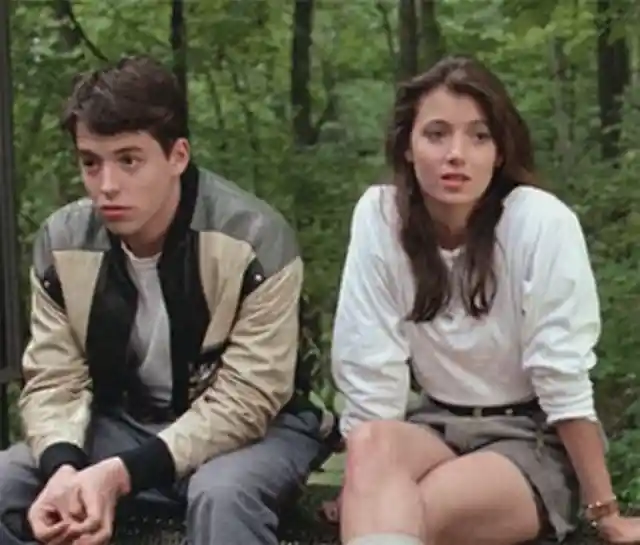
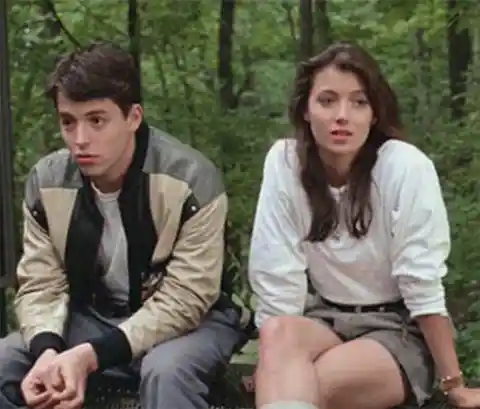
The two even shared a trailer on the set of Ferris Bueller; Broderick’s trailer was much bigger than Ruck’s, so Ruck just moved into the star’s place.
MOLLY RINGWALD WANTED TO PLAY SLOANE.
Hughes allegedly told Molly Ringwald that the part wasn’t big enough for her.
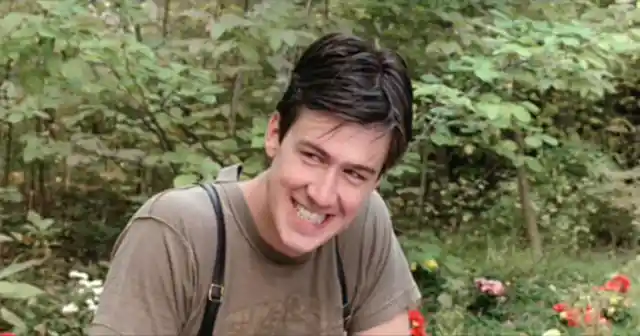
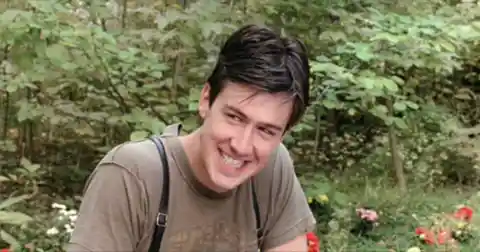
Hughes wanted an older actress to play Ferris’s girlfriend, and was surprised to discover that Mia Sara was only 18 years old.
BEN STEIN WAS INITIALLY SUPPOSED TO DO HIS LECTURE OFF-CAMERA.
The student extras laughed so hard that Hughes decided to put Ben Stein in front of the camera for his speech on supply-side economics. Stein himself picked the topic after Hughes asked him to speak about something he knew a lot about.
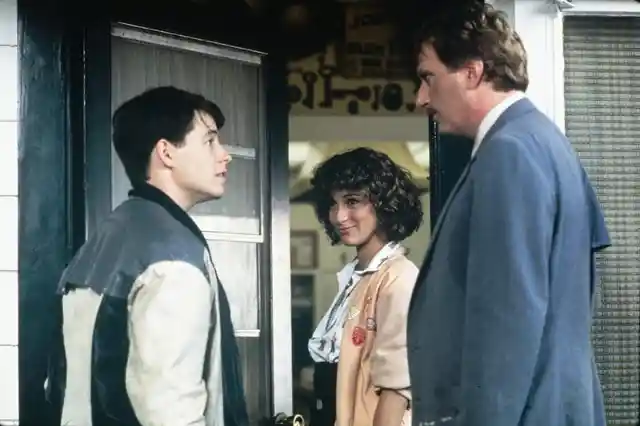
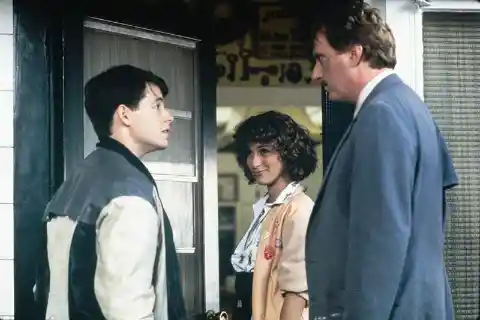
Before he became a familiar movie and television presence, Stein—who is also a lawyer—was a speechwriter for Presidents Nixon and Ford.
HUGHES ALSO MANAGED TO ANNOY PAUL MCCARTNEY.
The ex-Beatle complained that the version of “Twist and Shout” in the movie had too much brass in it.
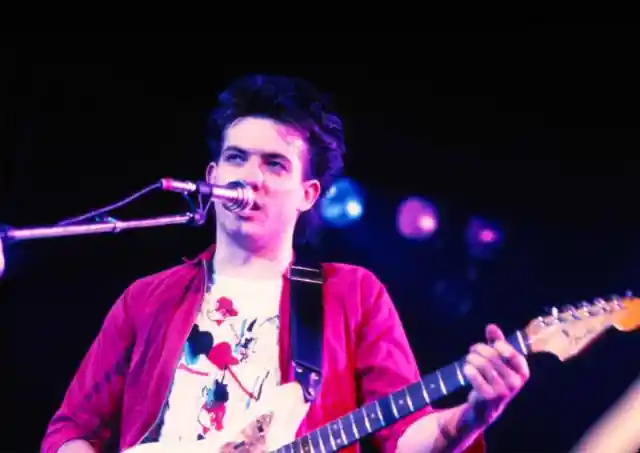
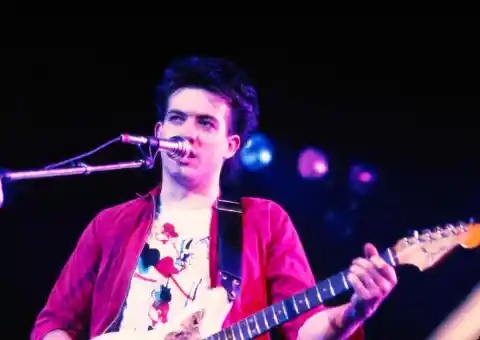
THERE’S A REASON BEHIND CAMERON'S DETROIT RED WINGS JERSEY.
For the first 12 years of his life, John Hughes lived in Grosse Pointe, Michigan and loved the local hockey team.
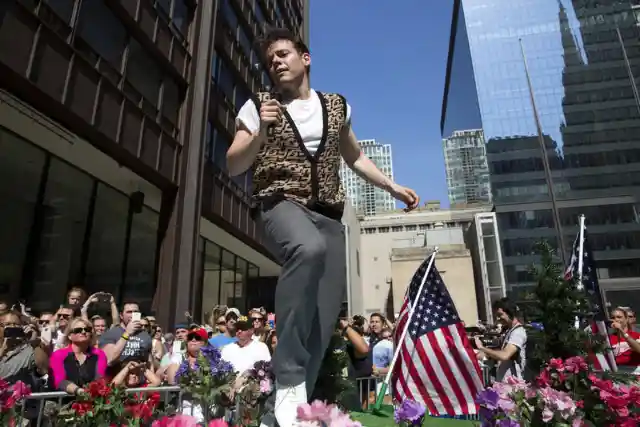
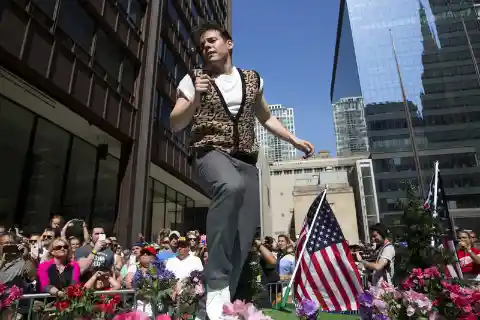
Which is why Cameron wears Detroit gear in a Chicago movie.
THE FERRARI WASN'T REAL.
Though it was a Ferrari that Ferris and his friends "borrowed" from Cameron's dad, they weren't cruising around in the real thing.
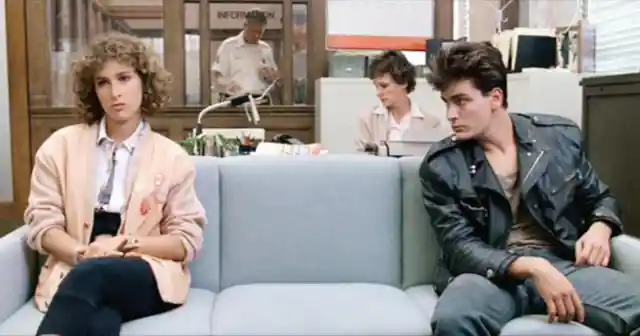
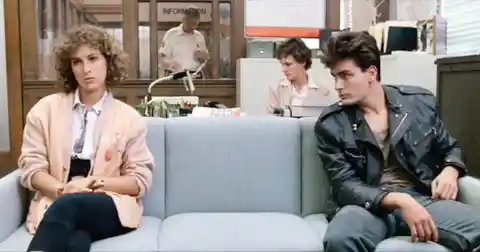
Three replicas of a Ferrari 250GT California Spyder manufactured by Modena were used instead. Replica or not, one of them was sold for $235,000 in 2013.
AN EARLY SCREENING OF THE FILM WAS "DISASTROUS."
Broderick, Ruck, and Sara saw the movie a few months before its scheduled premiere and didn’t laugh once; they left thinking they had made a bad movie.
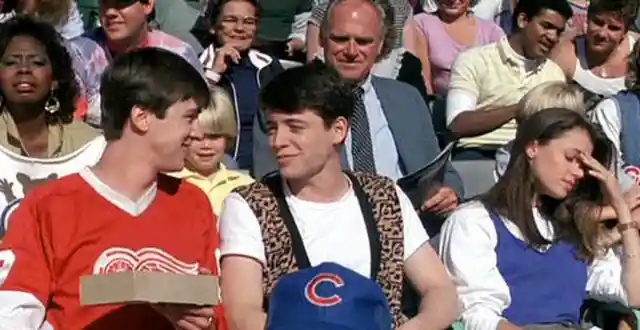
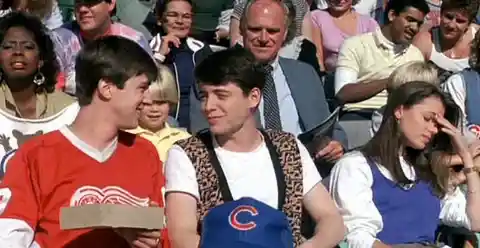
Paramount executives were similarly unimpressed and concerned when they saw an early cut. Hughes and editor Paul Hirsch then spent two weeks cutting and pasting it into the movie we know (and love) today.